Welcome to 5 Favorites. Each week, I will put together a list of my 5 favorites (films, performances, whatever strikes my fancy) along with commentary on a given topic each week, usually in relation to a specific film releasing that week.
While this weekend has a number of films releasing with fascinating actors, I thought I would start a series in honor of the impending Academy Awards. Shortlists for the 93rd Oscars were announced on Tuesday. The Nominations are announced on Monday, March 15, 2021 and the ceremony itself will be held on Sunday, April 25, 2021. That gives me 11 Thursdays until the Oscars to take a look at my five favorites in 18 of the main categories. To do this, I’ll have to batch together a number of categories. Pulling in music, screenplays, actors, and actresses together makes it 14 while combining the typically tandem categories of Production Design and Costume Design brings it down to 13. I can then merge Visual Effects, Makeup, and Sound categories together to bring it down to eleven.
What’s the topic you might ask? My favorite nominees and winners. We start things off this week with the Makeup & Hairstyling, Sound, and Visual Effects categories. Since this will result in some weeks getting ten or fifteen favorites, I’ll try to keep my commentary limited to save some space, but knowing me, it won’t work out that way.
Makeup & Hairstyling
The Makeup & Hairstyling category, which used to be simply called Best Makeup, was first made its own category in 1981 after a handful of films were given special achievement awards for that profession. The category was optional for several years in case there weren’t enough qualified candidates; however, it was given out from 1982 forward, skipping only 1983. Last year, the category was granted full status, allowing members to nominate five contenders every year.
Before digging into my final five, let’s look at four films I considered. While prosthetic makeup effects are often the most cited in this category, the first film to win the award for aging makeup was Driving Miss Daisy in 1989, making stars Jessica Tandy, Morgan Freeman, and Dan Aykroyd aged well beyond their years. It was an impressive, natural-looking achievement, one that has seldom been recognized by the Academy. Next up were a pair of fantasy pictures that employed some fascinating designs. The Lord of the Rings: The Return of the King and Pan’s Labyrinth, both winners, had some impressive effects. One brought the stories of J.R.R. Tolkien to vivid life, and the other created some most fascinating, inventive, and original designs. The final title, Mad Max: Fury Road, was another quasi-realistic effort that posited what a post-apocalyptic world would look like with notable expressions of radiation fall-out. Now, on to the final five.
Beetlejuice (1988)
Tim Burton has been a frequent nominee in this category with his first nomination and win coming from his 1988 feature Beetlejuice about an alternative world of the dead. Not only were the face-stretching antics of the late film a site to behold, but the various denizens of the afterlife were terrific. While the primary characters went largely makeup free, there were enough wonderful uses of makeup effects to more than justify its win over Coming to America and Scrooged.
Dick Tracy (1990)
Beating out the prosthetic nose of Cyrano de Bergerac and the second Burton effort nominated in this category (Edward Scissorhands), Dick Tracy handily beat out the competition with its unique and fascinating recreations of the various villains that fill the world of Dick Tracy. Although star Warren Beatty, and love interest Glenne Headly weren’t given any special treatment, Paul Sorvino, Al Pacino, and many other actors were heavily disguised with makeup that enabled you to barely recognize the actor while enlivening a comic book world not often seen on the big screen.
Bram Stoker’s Dracula (1992)
Before CGI overtook traditional makeup effects in cinema, there were numerous creative marvels, among which Bram Stoker’s Dracula was a pinnacle. Francis Ford Coppola created a gorgeous world to fit his actors into for an oft-adapted telling of the Bram Stoker classic Dracula. Star Gary Oldman was the recipient of most of the inventive looks of the film, from young, to old, to grotesque, yet there were plenty of other wonderful designs throughout, one of myriad technical achievements that lead to a a luscious tapestry of the film.
Star Trek: First Contact (1996)
The first Oscar loser on my list, Star Trek: First Contact brought the TV series’ most heinous bad guy to the big screen with startling effect. The Borg are a technological race that expand their influence by assimilating other species. Their haunting visages, pallid and splotched with numerous tubes and wires entering and exiting their skin, was seen before, but with a larger budget and a bigger screen to plaster them onto, the effects were enhanced and improved dramatically. While it likely lost due to that small screen familiarity, there is no question that this was the best makeup job of any of the big screen outings of any Star Trek crew.
The Hobbit: An Unexpected Journey (2012)
Having used up all of his good will with the first trilogy of films, Peter Jackson brought audiences back to Middle Earth in this prequel to his Lord of the Rings trilogy. Expanding the minimal story of the Tolkien children’s book wasn’t an easy task, especially since none of the dwarves are given much detail. Jackson’s decision to give each one of the thirteen dwarves differing personalities and appearances not only helped the film feel more involving, it employed some terrific and unique makeup designs that should have won out over the more tepid makeup work employed in Les Misérables.
Sound
In spite of its infancy at the period of film history during which the Academy began giving out awards, sound design has been a part of the Oscars for all but two of its years. First handed out for films of the 1929/1930 eligibility period, the award was given out to the studio and its sound director for almost 4 decades (with awards at the 4th and 5th Oscars not even recognizing a specific film, just an entire sound department). Although the sound award has been renamed Sound Mixing and has basically consumed the more esoteric Sound Editing category, there’s no doubt that this category has been a core component of the Oscars for 90 years and will remain crucial for many more.
With so many years to choose from, it’s very difficult to isolate only five nominees worth recognizing and a lot of films were left by the wayside. I ultimately decided to highlight a smattering of different types of sound design to give an idea of the breadth of such a category. Some of the films I considered, but ultimately skipped include category winners (Ben-Hur (1959), Jaws (1975), Star Wars (1977), E.T. The Extra-Terrestrial (1982), Saving Private Ryan (1998), The Matrix (1999), The Lord of the Rings: The Return of the King (2003), Inception (2010), Gravity (2013), and Mad Max: Fury Road (2015). Three of the losing nominees I considered were Close Encounters of the Third Kind (1977), Who Framed Roger Rabbit (1988), and Contact (1997). Now to the films I did select:
Mrs. Miniver (1942)
William Wyler’s Best Picture winner stars Greer Garson as a British wife and mother who must cope with the looming conflict of World War II, the toll it takes on London, and the aftermath. Keeping her strong, persevering demeanor together when everything around her is on the cusp of falling apart, this is one of the few great World War II films that took place on the homefront rather than on the battlefront. To modern audiences, this might seem an odd film to include as a sound nominee, but its central segment that takes place during the bombing of London by the Third Reich (also known as the London Blitz) provides more than enough overlays to make this one of the more fitting and intriguing uses of sound design ever nominated in the category. Although the film lost to musical drama Yankee Doodle Dandy, it has more than withstood the test of time.
The Exorcist (1973)
Moving forward more than thirty years, as horror was emerging into the light of critical acclaim after years of being mass pulp entertainment, The Exorcist blended music and sound effects in a seamless and haunting way, making the film feel alive with electricity. Horror has since done even better with its use of sound mixing as a foundation for frights, but The Exorcist might well have done it best, though the use of a portion of Mike Oldfield’s Tubular Bells certainly helped carry the weight.
Evita (1996)
By 1996, musical motion pictures had become the purview of Disney’s animated features while live action movies seldom made the case for a musical revival. Alan Parker aimed to change that dynamic with his adaptation of the popular Andrew Lloyd Webber stage musical Evita about the rise to power of Argentina’s president Juan Peron and the woman at his side who helped lead him to victory, Eva. In this film, Madonna gives her best performance to date as the titular Evita and we get a glimpse of her life from poor bastard child of a wealthy man to the most powerful woman in the world. Anyone familiar with Lloyd Webber’s work will know that his bombastic orchestral arrangements are an important part of his identity. Moving from one musical scene to the next, the layered compositions were accompanied by numerous different types of effects, including old movie house projectors, combat, and other sounds while giving the score room to breathe and drawing the audience in with its enormous presence. The film lost to the juggernaut that was The English Patient, which is certainly unfortunate.
Titanic (1997)
On the opposite end of the bombast of Evita is a film that tackled sound a bit more subtly, preferring to capture the horrifying reality of one of maritime history’s most legendary accidents: the sinking of the RMS Titanic. With James Horner’s now-iconic score and the various sounds of rushing water, frightened screams, and a string quartet playing to pacify the almost certainly doomed passengers, James Cameron’s box office sensation employed some of the most finely tuned and haunting soundscapes in cinema history.
Blade Runner 2049 (2017)
The third loser for the sound category on my list, Blade Runner 2049 took what worked for the original 1982 feature and improved it dramatically, employing modern techniques to create a futuristic world of high technology and vast devastation. Denis Villeneuve’s film exemplifies several elements of superlative sound design. Sound designers have to blend sound effects, music, and dialogue together into a cohesive whole. This film did a superb job combining each such that watching the film brought the audience into a unique and fascinating futuristic landscape.
Visual Effects
The first ever award for visual effects design was given at the 1st Annual Academy Awards to Best Picture winner Wings for its advanced effects. The category, then known as Best Engineering Effects, didn’t stick around, but resurface as a special achievement award to Spawn of the North in 1938 and was turned into a regular category in 1939. The category was continuously given through 1963 when the category’s rules were modified and the new Visual Effects category (as it’s now known) came into existence. Through 1971, the category featured two nominations and a single winner. From 1972 forward, an option was introduced that if the branch decided there weren’t sufficient contenders to give a competitive award, they could either opt for no award (1973) or for a single achievement award (1972, 1974-1976, 1978, 1980, 1983, 1990). Through the latter part of the 1980s and most of the 1990s and all of the 2000s, the category featured only three nominees with a single winner being selected. Starting in 2010, the category was given full-time status with a slate of five nominees. That’s how it’s given today.
There were so many great and influential films that took the award, including Star Wars (1977), E.T. The Extra-Terrestrial (1982), Who Framed Roger Rabbit (1988), Death Becomes Her (1992), Babe (1995), Titanic (1997), The Matrix (1999), District 9 (2009), Inception (2010), Mad Max: Fury Road (2015), and Blade Runner 2049 (2017). While none these made my final five, I could have written adoringly about any of them. These, of course, weren’t the only influential selections the Academy made over the years, they are simply among my favorites.
Kudos also to Ghostbusers (1984) and Rise of the Planet of the Apes (2011) and the rest of the trilogy for being among the best visual effects creations in history that never won the Oscar. But, that’s not what we’re here for, so let’s look at my final list of five favorites.
2001: A Space Odyssey (1968)
One of the best and most influential directors in film history never won an Oscar for directing, writing, or producing his films. Stanley Kubrick earned several nominations over his long, sparse career, but he didn’t go home empty-handed. His seminal science-fiction classic 2001: A Space Odyssey earned him his sole award…for Best Visual Effects. Strange as that might seem, Kubrick was a very controlling director. For example, he tinkered with the exact shade of orange on the title card of A Clockwork Orange numerous times before its release. 2001 predominantly uses practical effects, but his efforts were so minutely detailed that it looks as amazing today as it did 50 years ago.
Jurassic Park (1993)
In 1993, Steven Spielberg advanced two notions about cinema. The first that he was more than capable of turning out highly personal and tremendous dramatic work with Schindler’s List, that year’s Best Picture winner (though, The Color Purple alone should have been proof enough). The second was the boundary-breaking visual effects masterpiece Jurassic Park. Recreating dinosaurs for the big screen might not seem like much today, but it was in its infancy in 1993. The gorgeous layering of John Williams’ score over the magnificent reveal early in the film is one of the scenes I best remember and it only got better from there.
The Lord of the Rings trilogy (2001-2003)
The story behind Peter Jackson’s adaptation of J.R.R. Tolkien’s beloved fantasy classic is that he chose to film all three features simultaneously to keep the tone and look consistent across all three pictures. He utterly succeeded. What resulted was a gorgeous world of inventiveness and beauty that used both practical effects (to make Elijah Woods, Sean Astin, and the other Hobbits) look far shorter than their human-sized compatriots) and CGI effects (the vast battlefield sequence of The Two Towers is the best example). Jackson’s films turned Weta Workshop into a leader in the realm of special effects, easily eclipsing the once-towering Industrial Light & Magic. Even if you’re no fan of fantasy films, this movie feels both like a traditional fantastical adventure mixed with a serious war film and the visual effects were a key part of that success.
X-Men: Days of Future Past (2014)
Although the film lost the Best Visual Effects Oscar to Interstellar, in almost every way imaginable, the seventh X-Men feature stepped up the solid work its predecessors had done in terms of visual effects and far exceeded everyone’s expectations. The best moment in the film is a splendid mid-film sequence where time slows down so we can see what a badass the mutant Quicksilver (Evan Peters) is. Able to travel and act at extremely high speed the audience sees him move bullets around and re-adjust the kitchen setting so that his team comes out victorious and its an unparalleled work of pure genius. Even if the nomination were solely for that scene set to the classic song “Time in a Bottle,” there’s no question it would have been deserved, but everything else in the film lives up to that quality for a film that is as compelling narratively as it is visually.
Kubo and the Two Strings (2016)
In the realm of animation, the work of artists both on paper and on computers are often dismissed because of the ability the craftsmen have to create whole worlds and environments in which their characters can live. One type of animation, however, doesn’t have that luxury: stop-motion animation. Laika has proven to be one of the greatest animation houses ever to operate in the film industry, creating whole worlds and adventures out of plastic models and clays with storylines that please both young and old audiences alike. Yet, for all their creativity in the medium, certain types of films require supplemental material employing traditional computer generated graphics. This is how Kubo and the Two Strings landed only the second Oscar nomination for an animated film in history. The successful blend of beautiful effects and engaging environments help this film stand head-and-shoulders above the rest in what might well be one of the best animated films ever made. That it not only lost this award (to it-had-so-much-CGI-that-it-was-essentially-animated The Jungle Book) and Best Animated Feature (to the fun, but far inferior Zootopia) remain two of the biggest injustices of the modern Academy Awards.

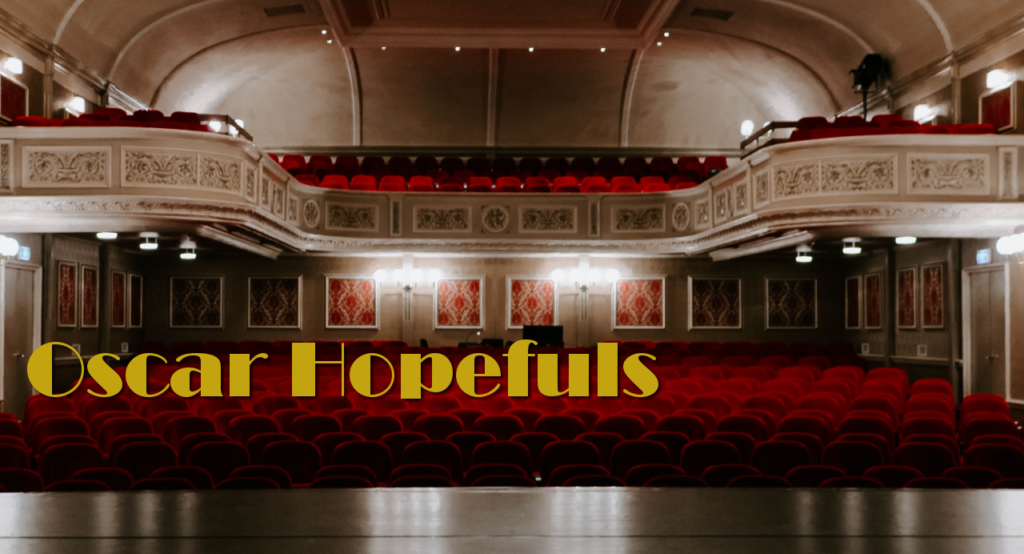


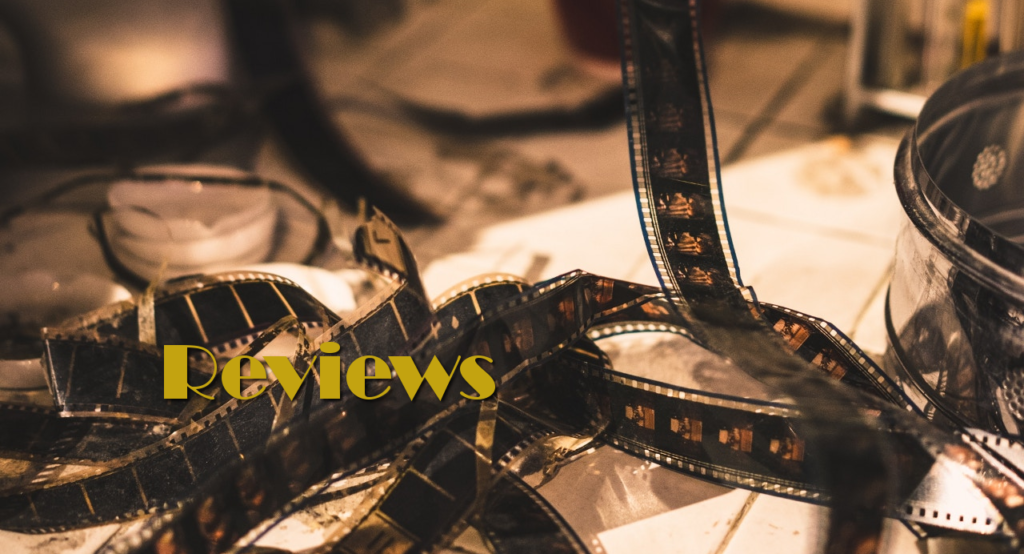
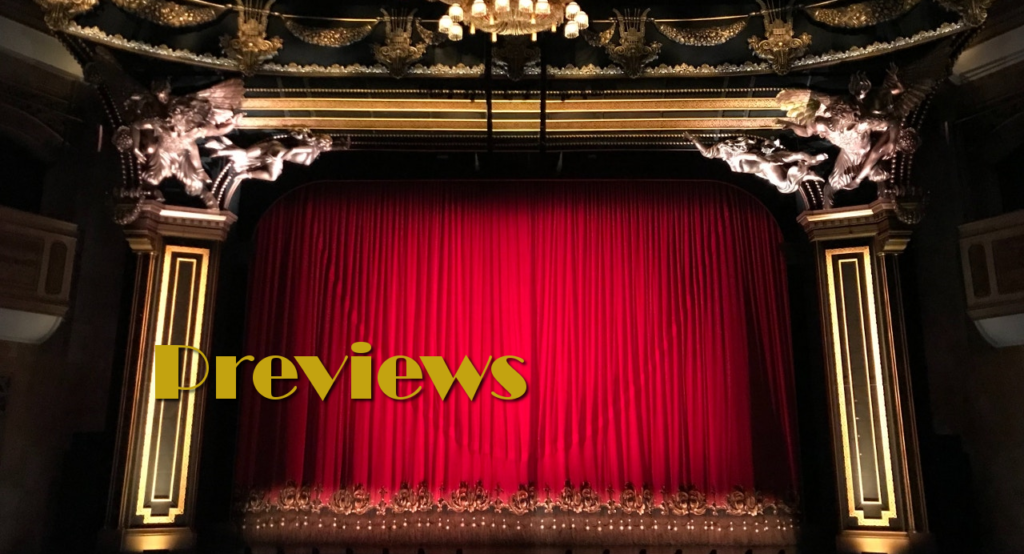


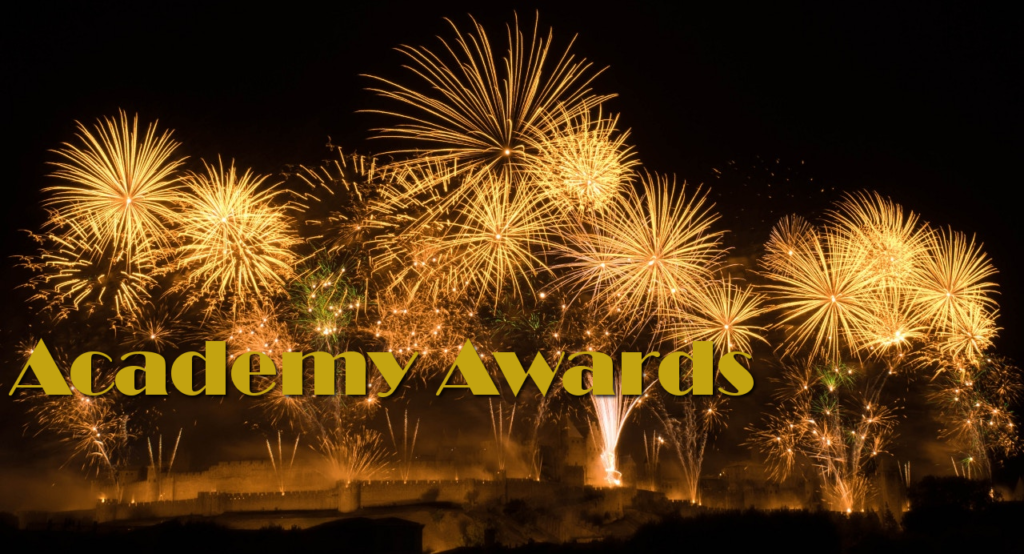


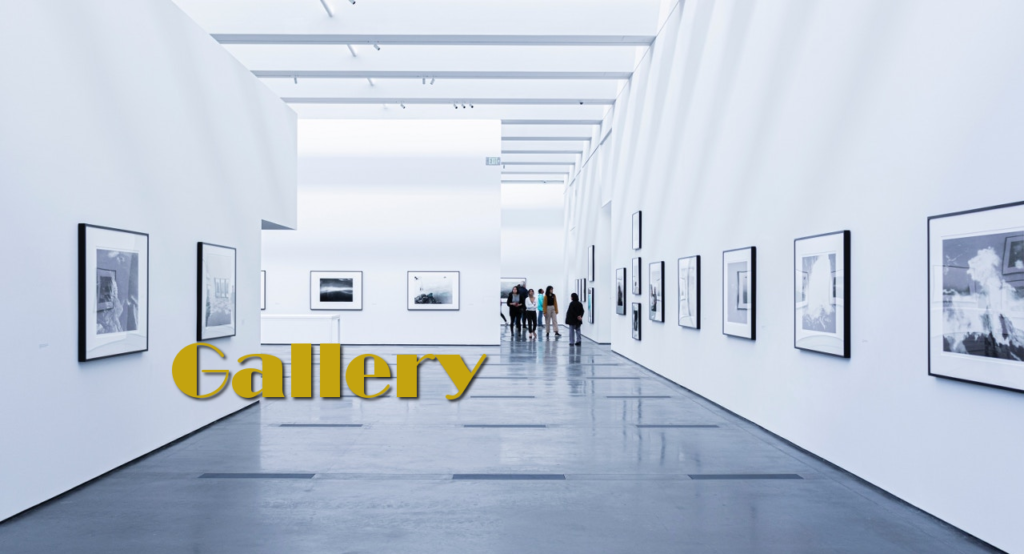
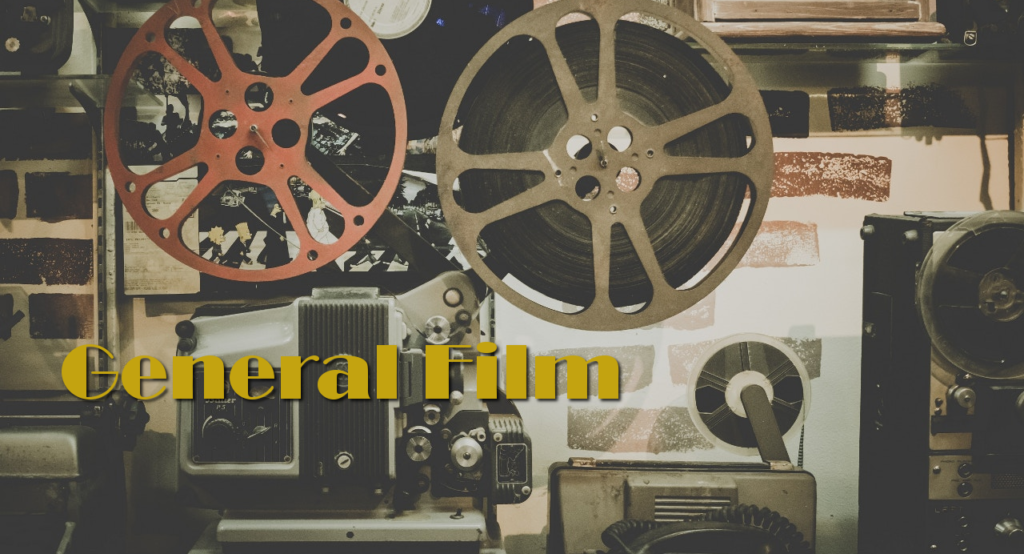
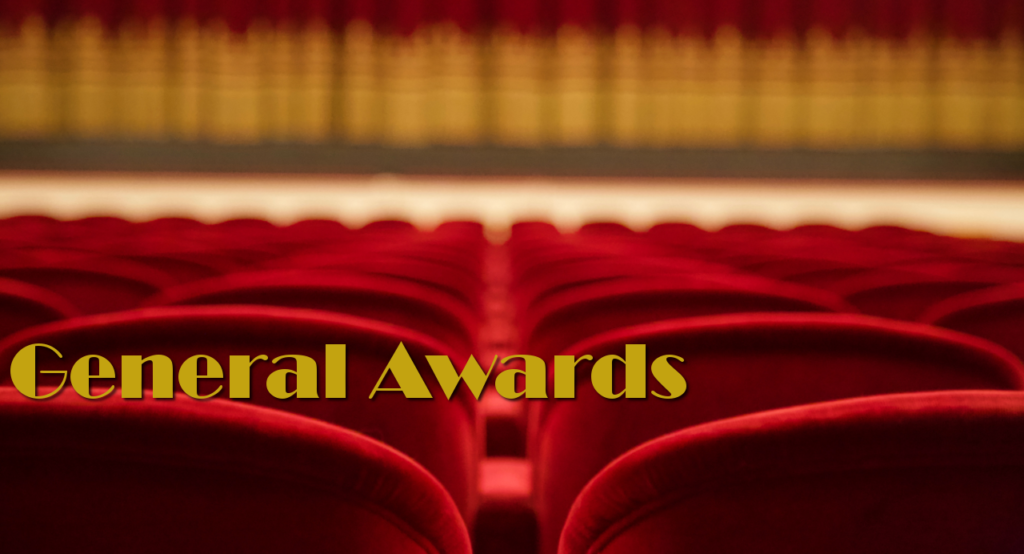
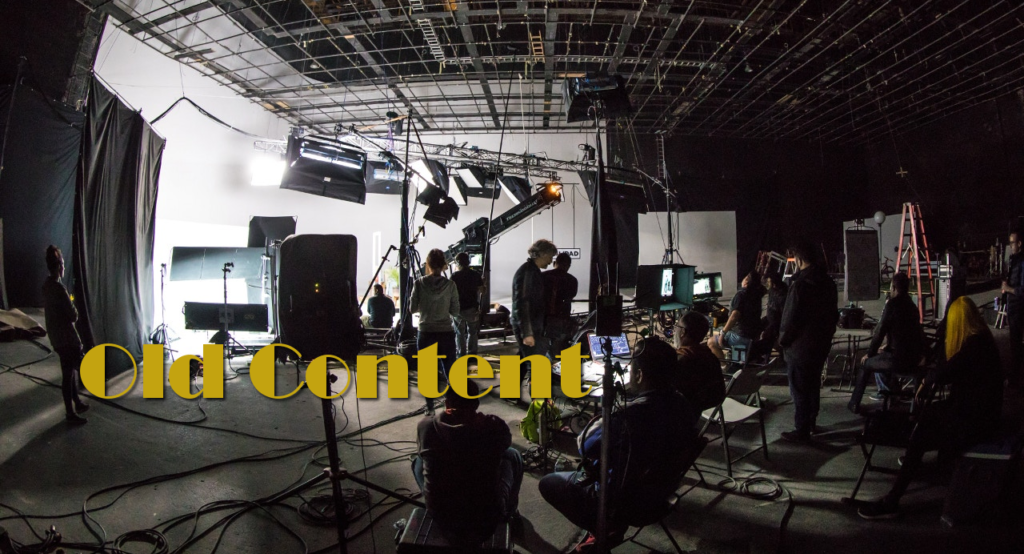
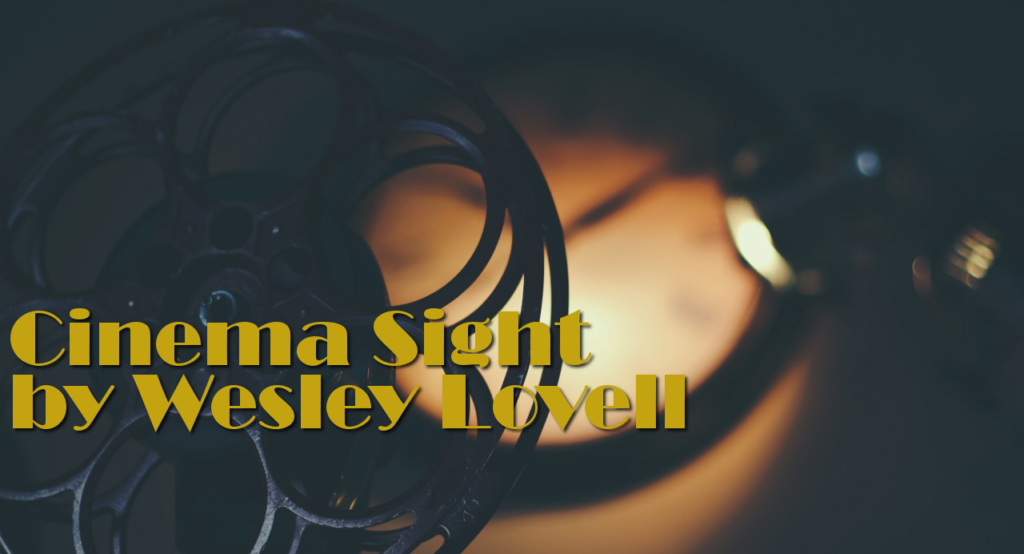


Leave a Reply
You must be logged in to post a comment.